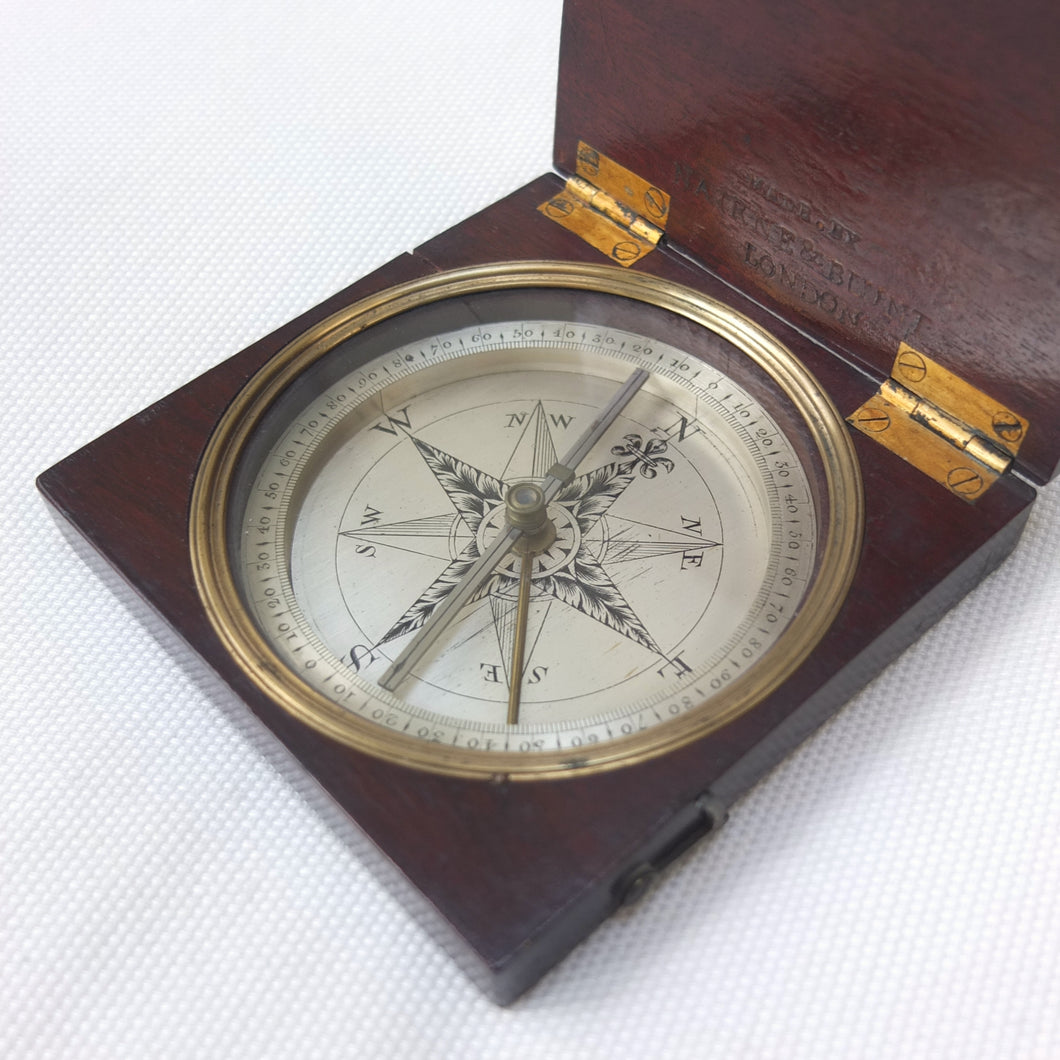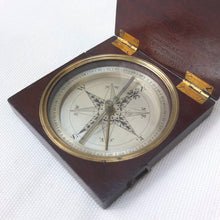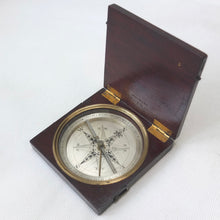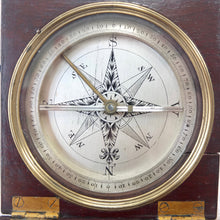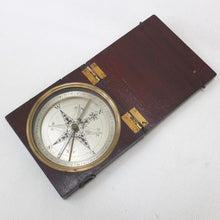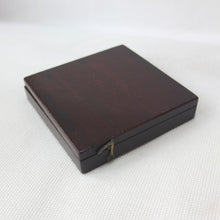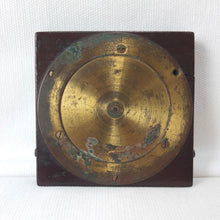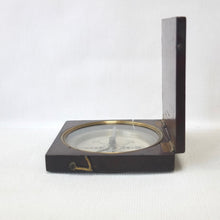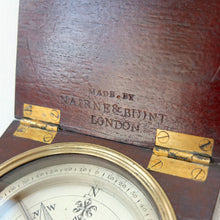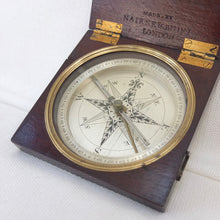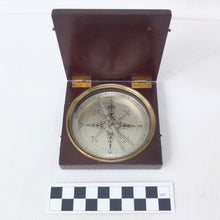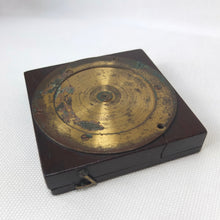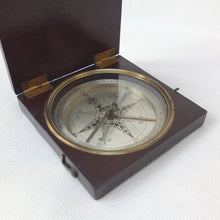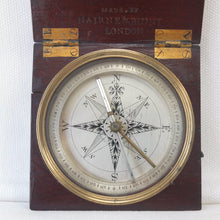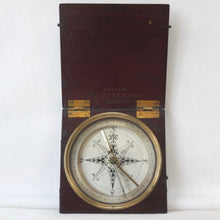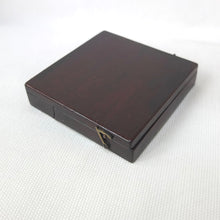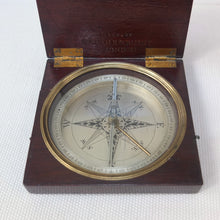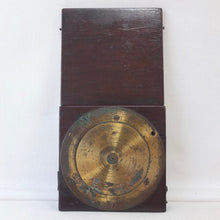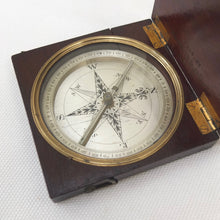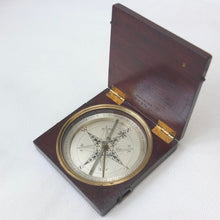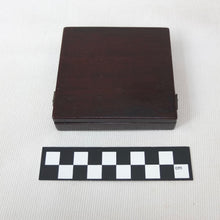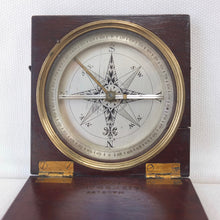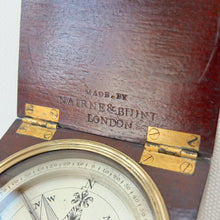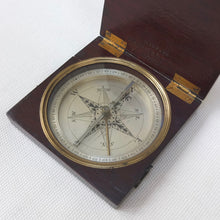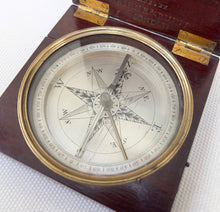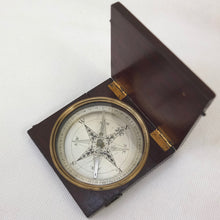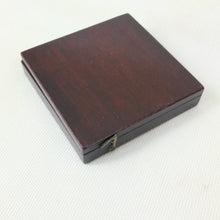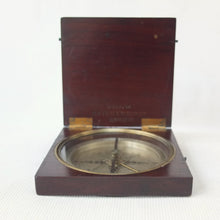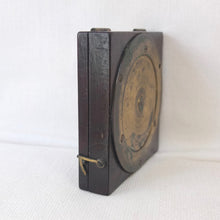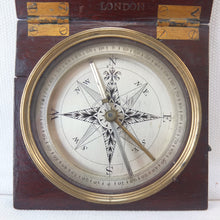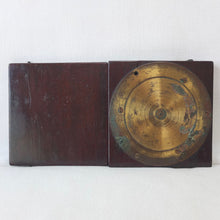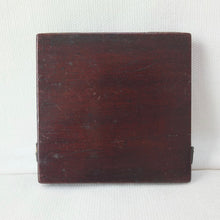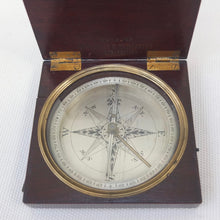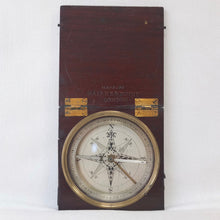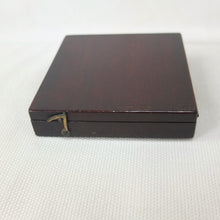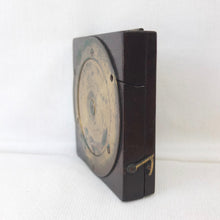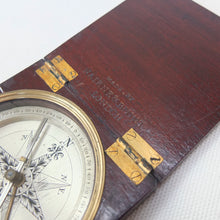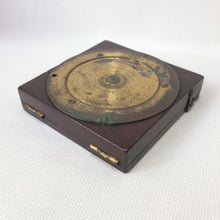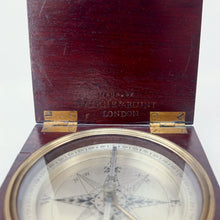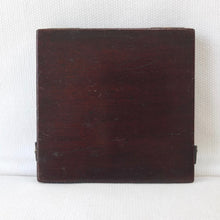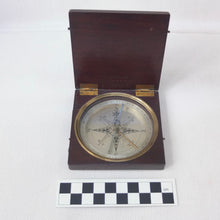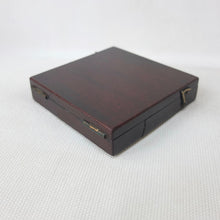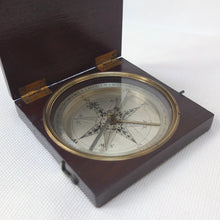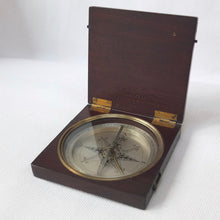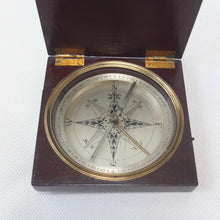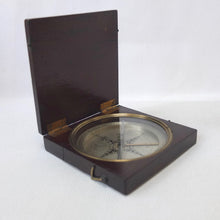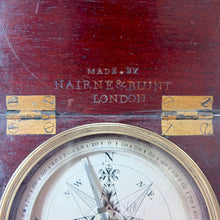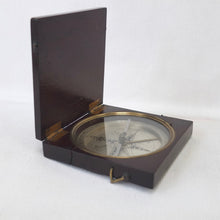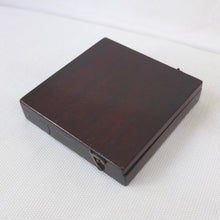Nairne & Blunt Pocket Compass c.1780
Price
¥0
Sale
A very rare Georgian pocket compass, made in London by Nairne & Blunt around 1780. The compass is signed inside the lid by 'Nairne & Blunt, London'. Edward Nairne (1726-1806) was one of the finest scientific instrument makers of the period, and his association with Thomas Blunt (c.1740-1823) began when he took Blunt on as his apprentice in 1760, before they went into partnership together in 1774, describing themselves as 'Optical and Mathematical Instrument Makers to His Majesty'.
This type of wooden cased compass was produced from the middle of the 18th century to the early 19th century. The compass has a mahogany case, silvered and engraved compass card, flat needle, and jewelled pivot. It also has a transit lock, operated by a small pin and lever which operates when the lid is closed. The compass is in full working order and finds North well. One very unusual feature is the circular brass plate that is fixed to the base of the compass case - presumably to give the compass improved durability.
Nairne & Blunt: was a partnership formed by Edward Nairne and his former apprentice Thomas Blunt in 1774, trading from 20 Cornhill, London. Edward Nairne was born in Sandwich in 1726 and was apprenticed at the age of fifteen to the scientific instrument maker Matthew Loft. When Loft died in 1748 Nairne took over the business. In 1749 Nairne took on the first of his apprentices and went on to train several important figures - including Jesse Ramsden, and Thomas Blunt - who joined the company in 1760. Nairne was one of the finest instrument makers of the time, and during his partnership with Blunt he held a Royal Appointment to George III, was a Fellow of The Royal Society, became Master of the Spectacle Makers Guild, and held an Appointment to the Royal Greenwich Observatory. Nairne patented several electrical machines, including an electrostatic generator, and constructed the first successful marine barometer. The instrument was suspended from gimbals mounted within a freestanding frame to provide additional stability at sea. James Cook used one of these barometers on his second voyage to the South Pacific. Nairne is also credited with inventing the rubber eraser. Prior to using rubber, breadcrumbs were used as erasers. Nairne claimed to have inadvertently picked up a piece of rubber instead of breadcrumbs, discovered its erasing properties, and began selling the very first rubber erasers. In 1770 Nairne was selling these cubes of natural rubber at his shop at 20 Cornhill for 3 shillings per half-inch cube.
Thomas Blunt may initially have been the junior partner, as Nairne was already a very well established and respected maker, but Blunt soon became a significant maker in his own right. He is known to have worked with Jean De Magellan on the development of his “new” barometer, and by 1792, Blunt had risen to become Master of the Spectacle Makers Guild. Nairne and Blunt's partnership came to an end in July 1793, with Nairne announcing the parting of the ways in the press on July 24th. The reason for the partnership ending is unknown. Nairne continued to trade at 20 Cornhill until his retirement in 1801, whilst Blunt set up shop next door at 22 Cornhill. In September 1805, just a few weeks before the Battle of Trafalgar, Blunt is known to have supplied telescopes to Admiral Nelson - Nelson writing to Blunt about the order whilst his flagship HMS Victory was off the Portuguese coast near Lisbon.
Nairne died in 1806 and Blunt continued to trade, eventually taking on his sons, Charles, Thomas Jr and Edward. Charles is known to have been working with his father by 1801 under the business name of Thomas Blunt & Son. The business became T&T Blunt with the inclusion of his middle son Thomas Jr. This arrangement prevailed for about ten years until the early 1820’s, when the business continued as Blunt & Son with his youngest son, Edward. Thomas Blunt Sr died in 1823 leaving the business to his younger son, but Edward died aged only 28, after which the business was sold to Thomas Harris & Son.
Condition:
In very good condition, and full working order. The compass points strongly to North. The wooden case is in very good condition, with a small but completely stable crack at one edge near NW. The interior of the lid is signed 'Nairne & Blunt, London'. The original glass, silvered compass card, and flat needle are all in very good condition. The transit lock is working well, locking the needle when the lid is closed. The lid closes well with strong hinges and is secured by twin '7' shaped clasps, one on each side of the case. The bottom of the case features a very rare and unusual circular brass plate, secured by six brass screws (one screw is missing).
Dimensions: 85mm x 85mm x 20mm
